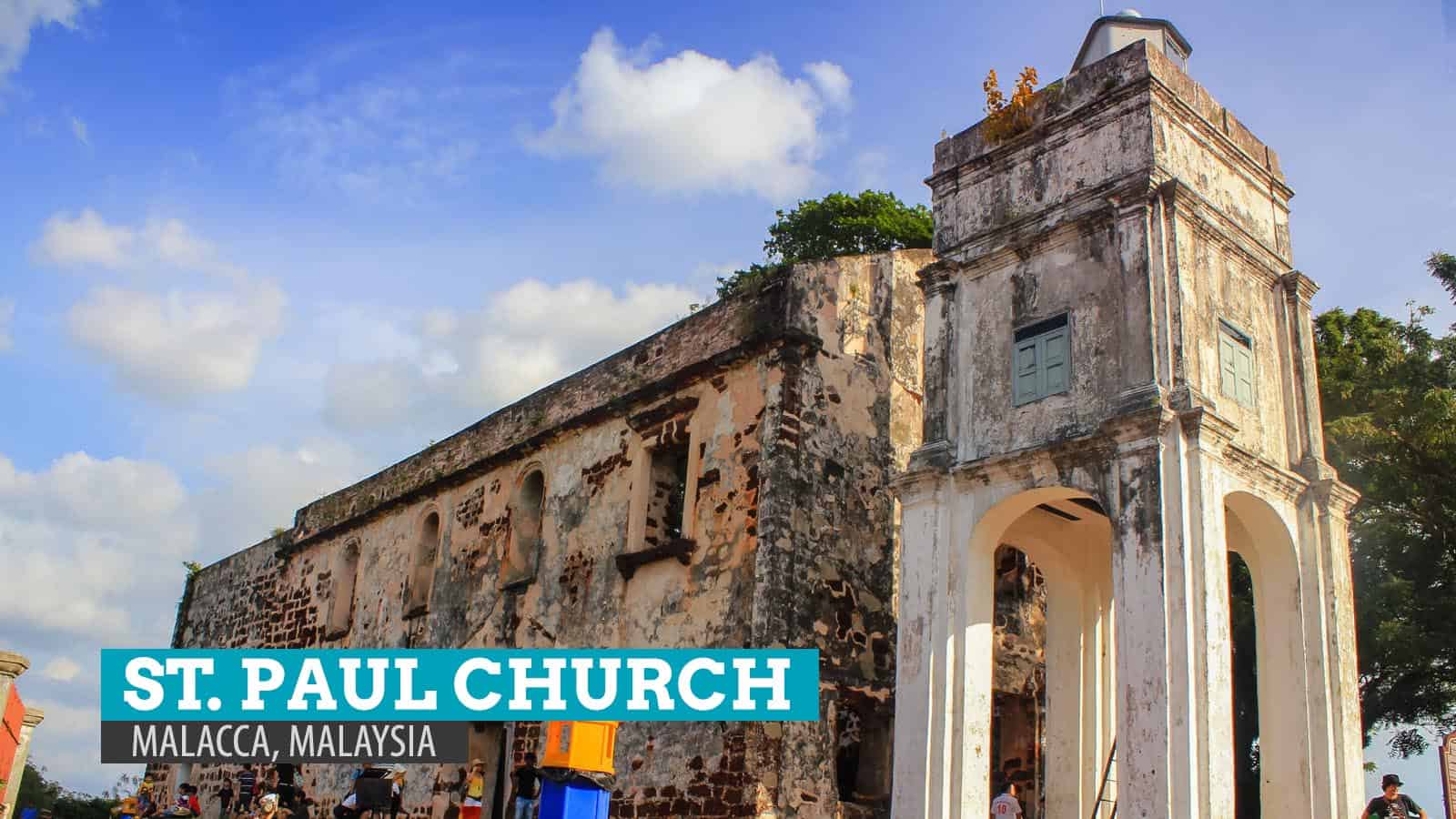
The sun was rather unkind that afternoon and we were thankful to be standing under the shade of the massive walls of St. Paul’s Church, standing at the summit of a hill in the museum complex of Malacca. Needless to say, our stay within the church premises was refreshing but not just because it gave us a temporary shelter from the heat of the sun. As we stood in the middle of the ruins, we found ourselves surrounded by centuries-old tombstones with Portuguese inscriptions.
We let our eyes linger at the inscription on each tombstone displayed and admired the choice of words. No, we don’t understand (or can’t read) Portuguese. Thanks to the small tablets with English translations that sat on each gravestone, we were able to grasp what the writings meant.
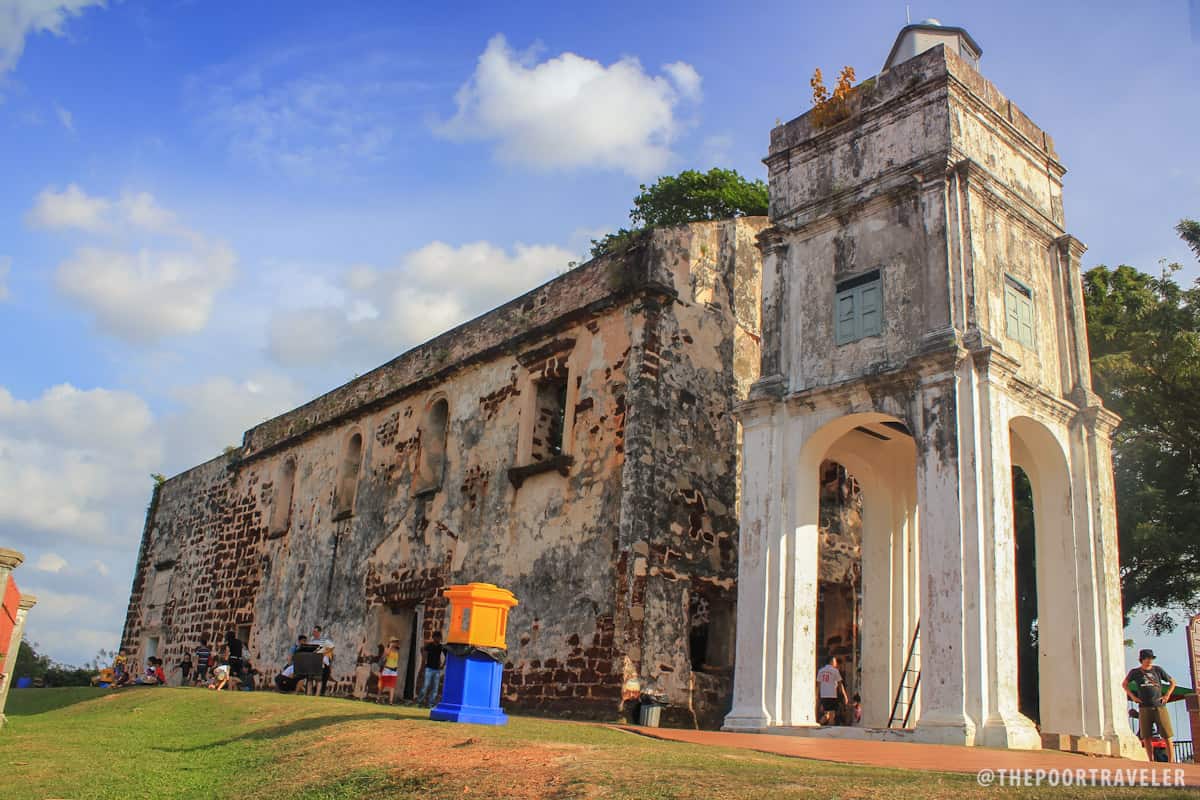
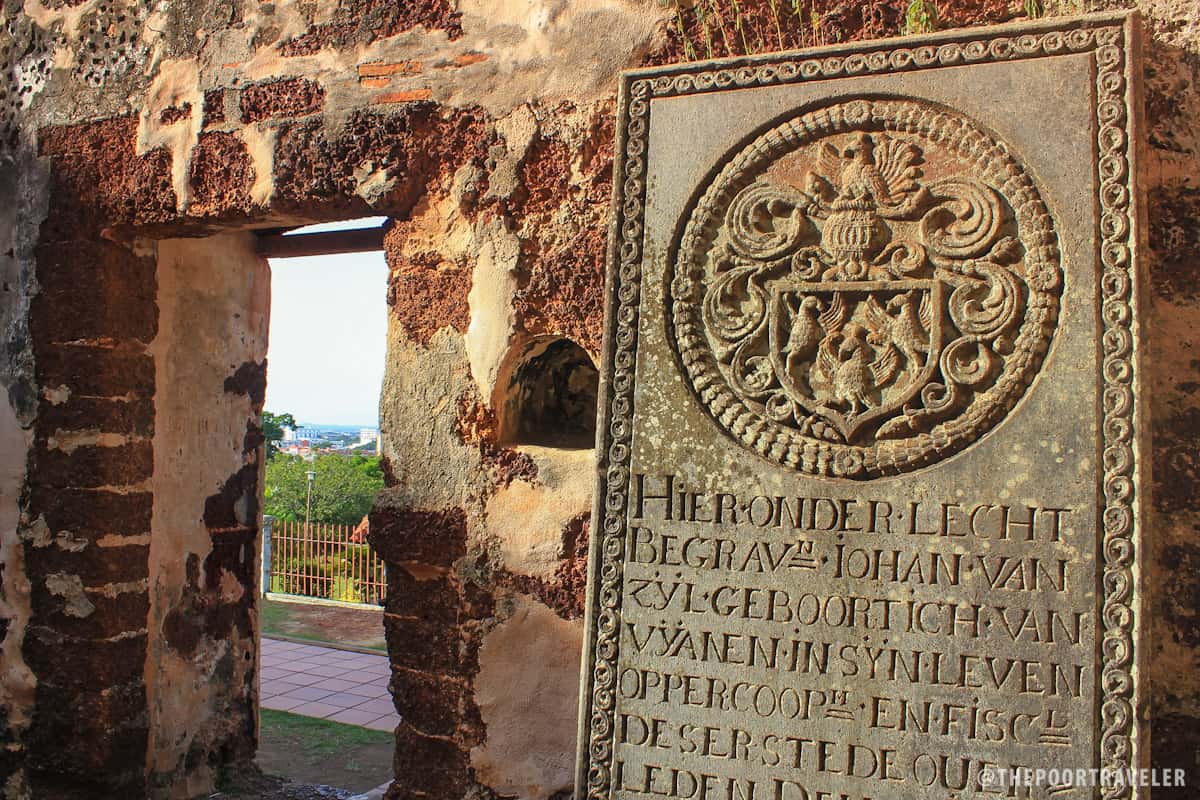
WHAT'S COVERED IN THIS GUIDE?
History of St. Paul’s Church – Melaka
Buit in 1521 by Portuguese nobleman Duarte Coelho, the original church at the site was called Nossa Senhora da Annunciada, dedicated to the blessed Virgin Mary. Almost 30 years later, in 1548, it was deeded to the Society of Jesus and the deeds title was received by St. Francis Xavier, widely regarded as the Catholic missionary pioneer in Southeast Asia. Since then, it underwent several expansions including the addition of a second level and a bell tower. In 1592, a burial vault was opened where prominent individuals were laid to rest.
When St. Francis Xavier passed away at sea in 1553, his body was kept at this church for a period of eight months until it was shipped to Goa.
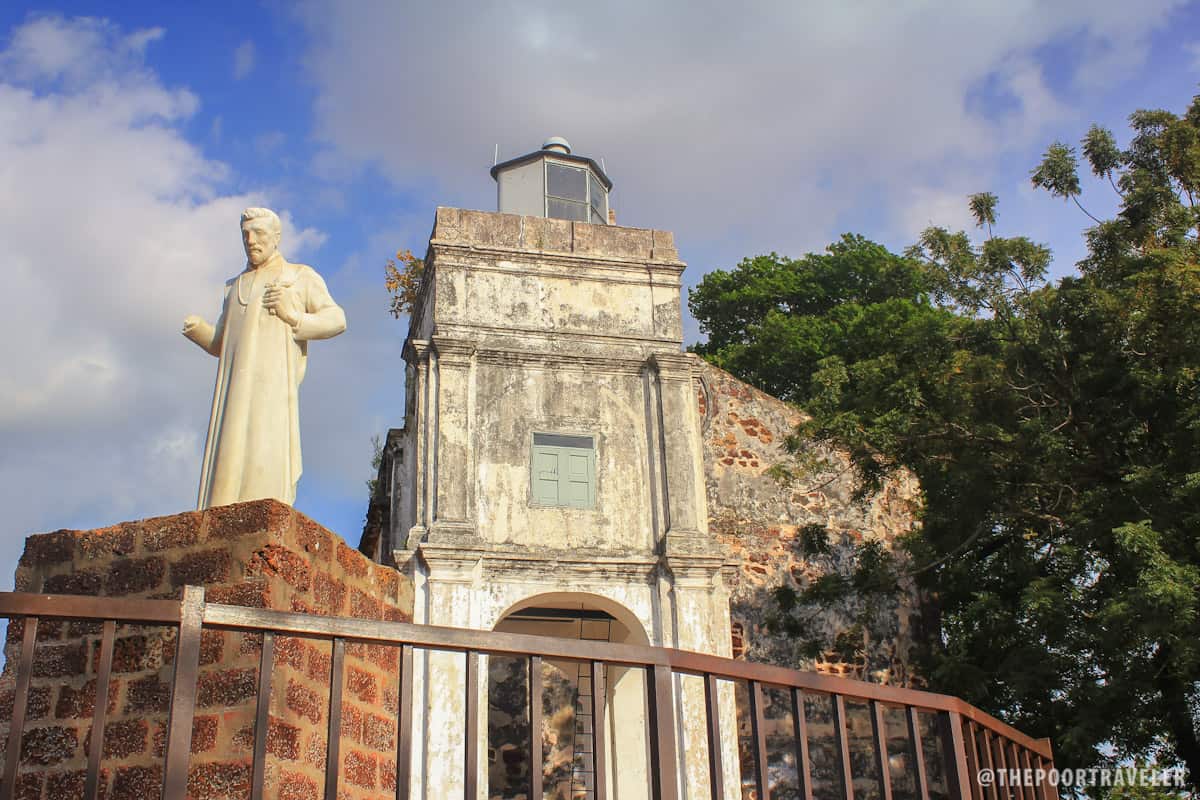
When the Dutch took over Malacca, it was reconsecrated as St. Paul’s Church, which became the primary church of the Dutch population until the construction of Christ Church Melaka in 1753. It was then deconsecrated and its deterioration began.
Fast forward to 1924, two and a half centuries later, the burial vault in the church’s chancel was unearthed. It triggered a series of excavations led by the Malacca Historical Sociery in 1930. They uncovered several tombstones at the site that are displayed on the walls of the ruins of the church.
To commemorate the 400th anniversary of his journey in Malacca, a statue of St. Francis Xavier was built in 1952.
St. Paul’s Church Melaka Today
Only the walls of the old church, the bell tower and the statue of St. Francis Xavier remain standing today. In its long almost five-century history, this church became witness to the conquest of the Portuguese, the Dutch, and the British of the city, making it a significant historic site and one of the most popular tourist spots in Malacca.
Because of its location, the church also offers a gorgeous view of the city and its shores. Tourists flock within the premises of the church, reading the tombstone inscriptions and taking pictures. Some locals choose to sell souvenirs inside and around the site.
Here are some more photos:
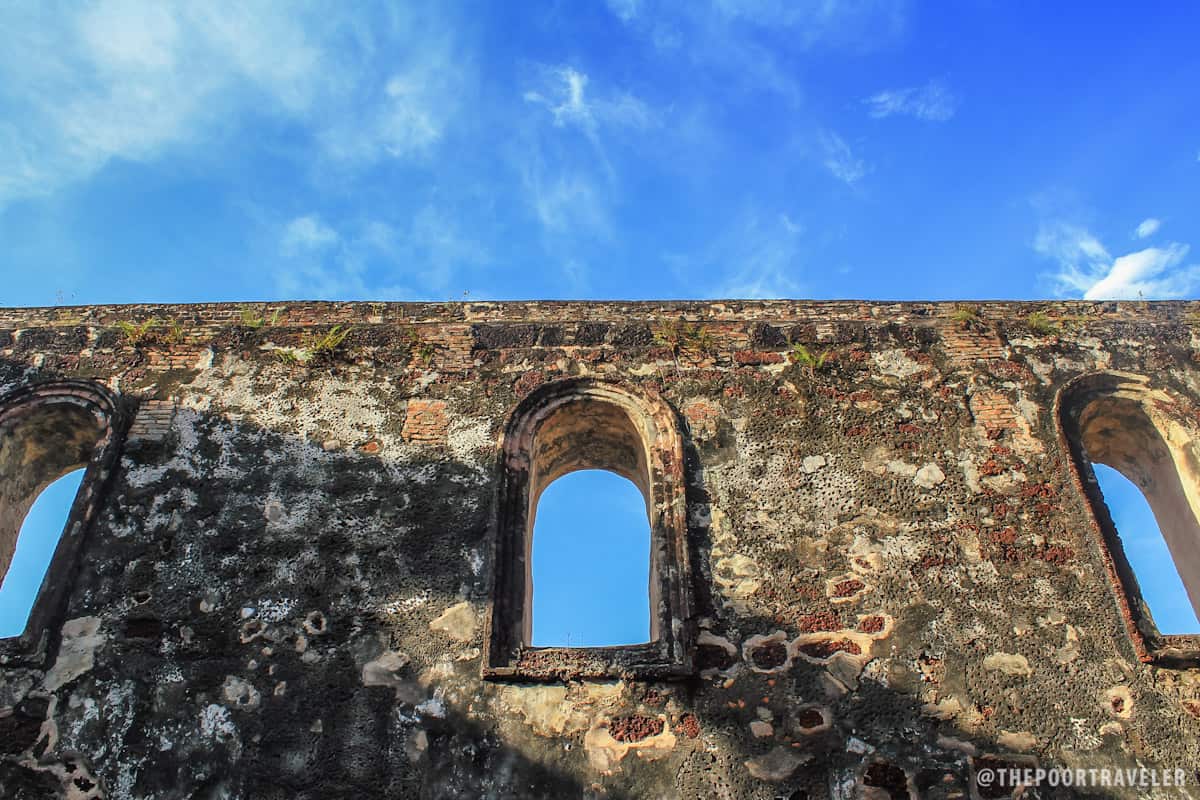
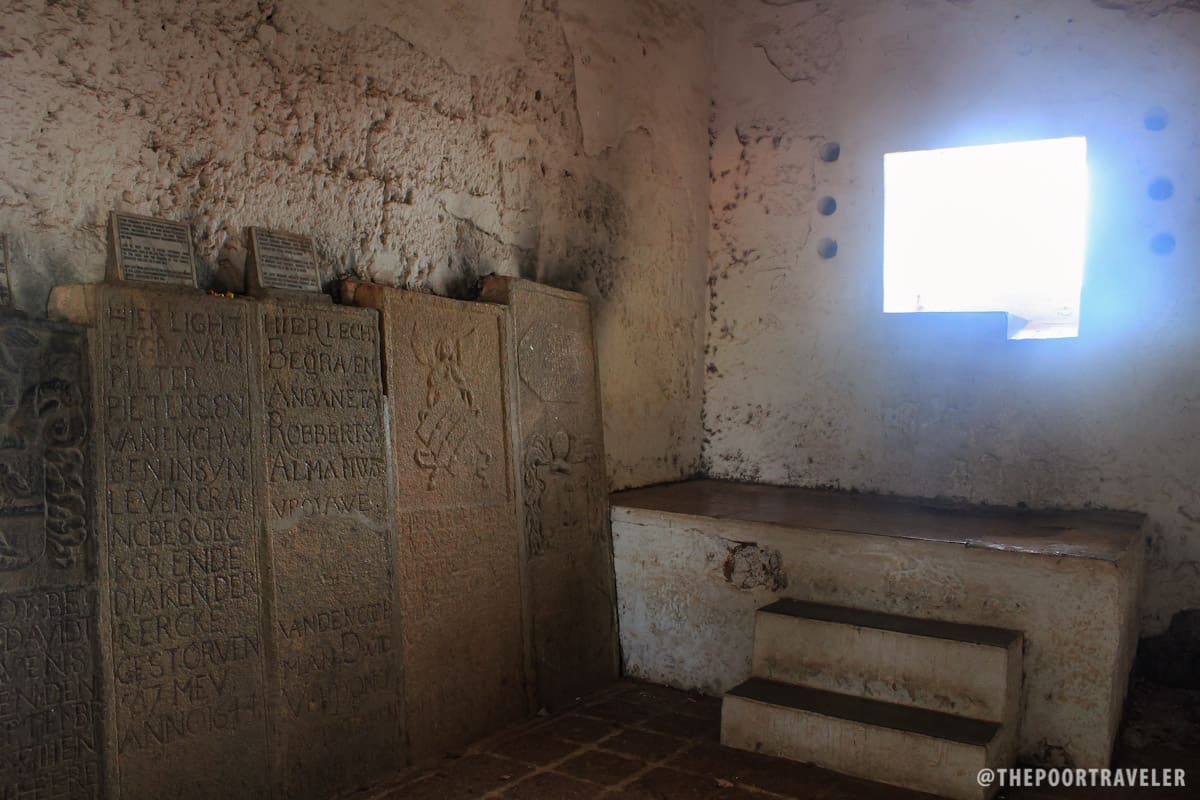
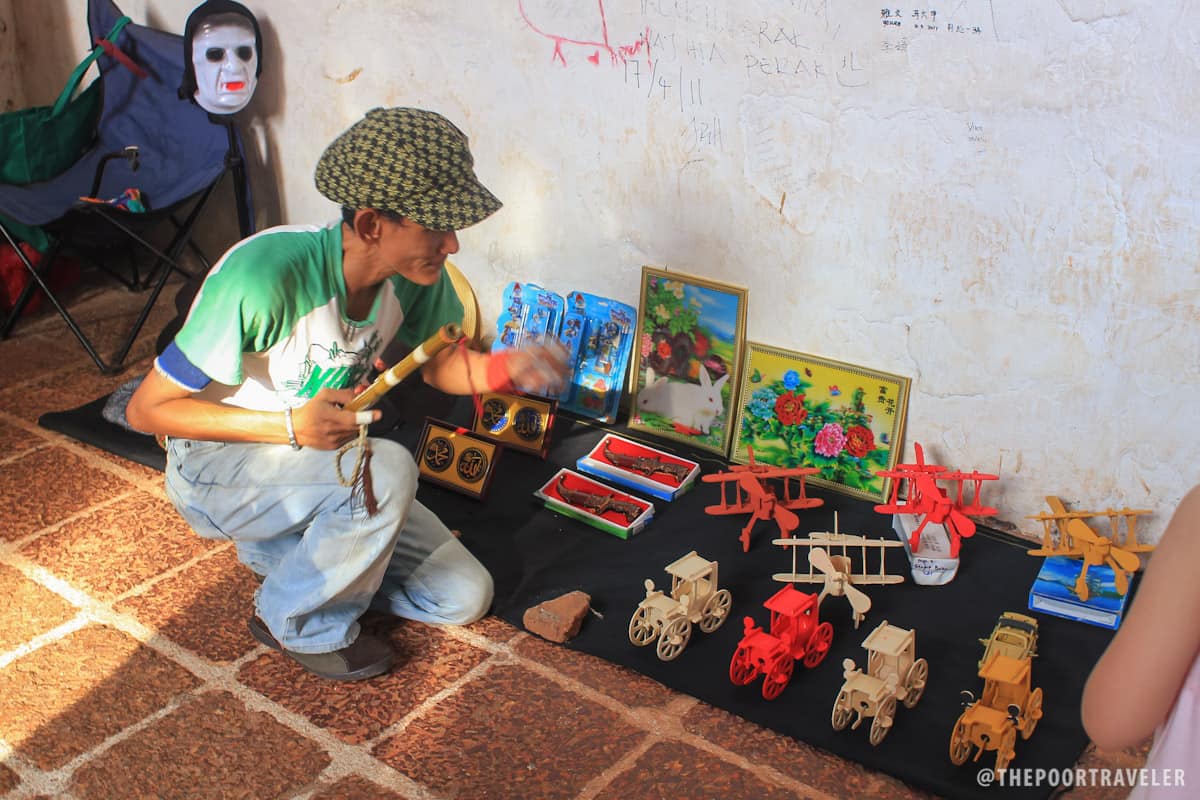
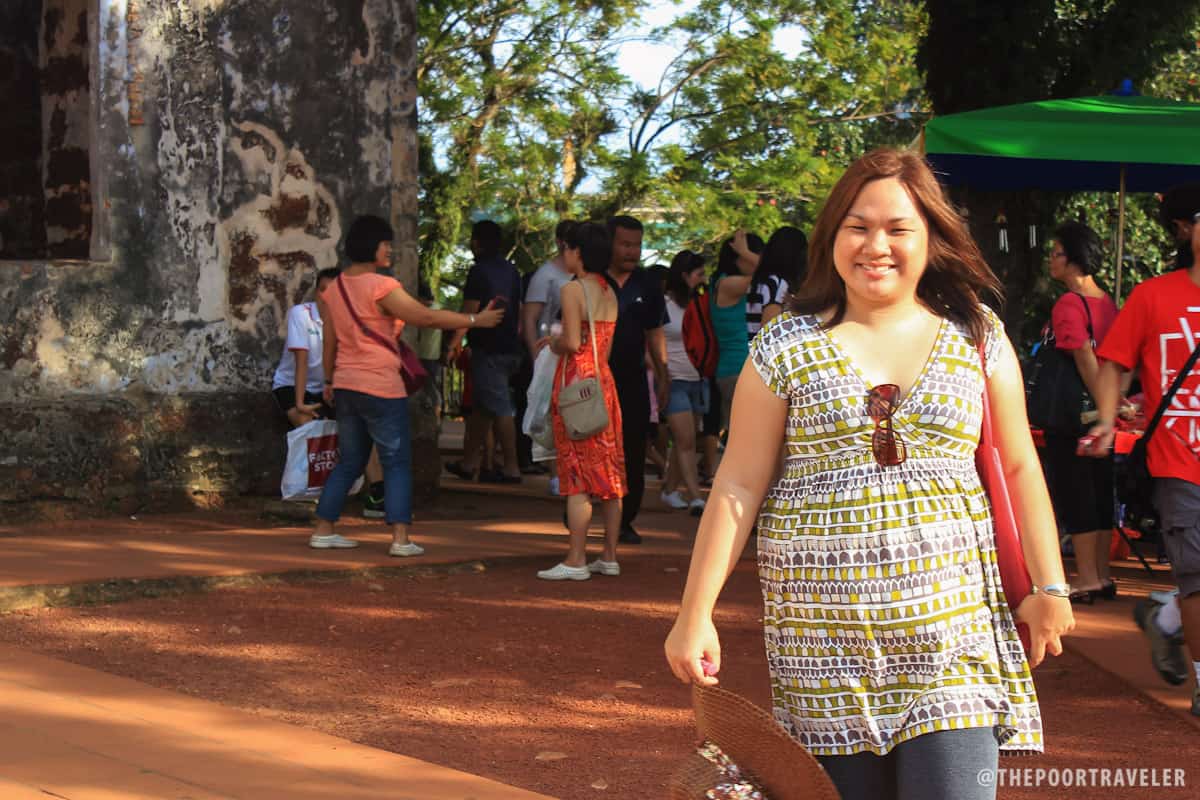
Posted: 2012 • 6 • 9
Top Budget Hotels in Malacca
Based on review scores by Agoda customers.

- Ola Lavanderia Cafe. Check Rates & Availability! ✅
- The One Vacation Home. Check Rates & Availability! ✅
- Yote 28. Check Rates & Availability! ✅
- Nomaps Hostel. Check Rates & Availability! ✅
- JonkeRED Heritage Hotel. Check Rates & Availability! ✅
- Liu Men Melaka – by Preference. Check Rates & Availability! ✅
- TheBlanc Boutique Hotel. Check Rates & Availability! ✅
